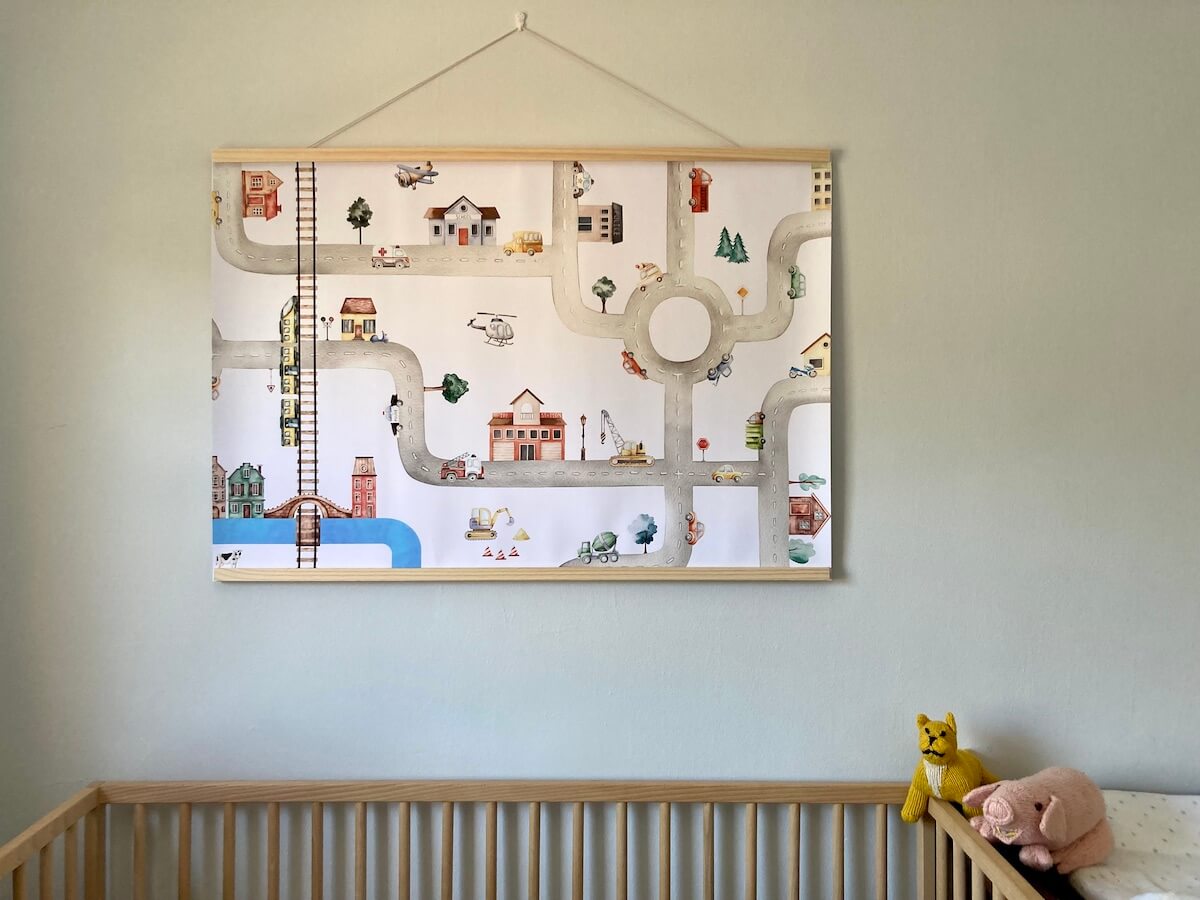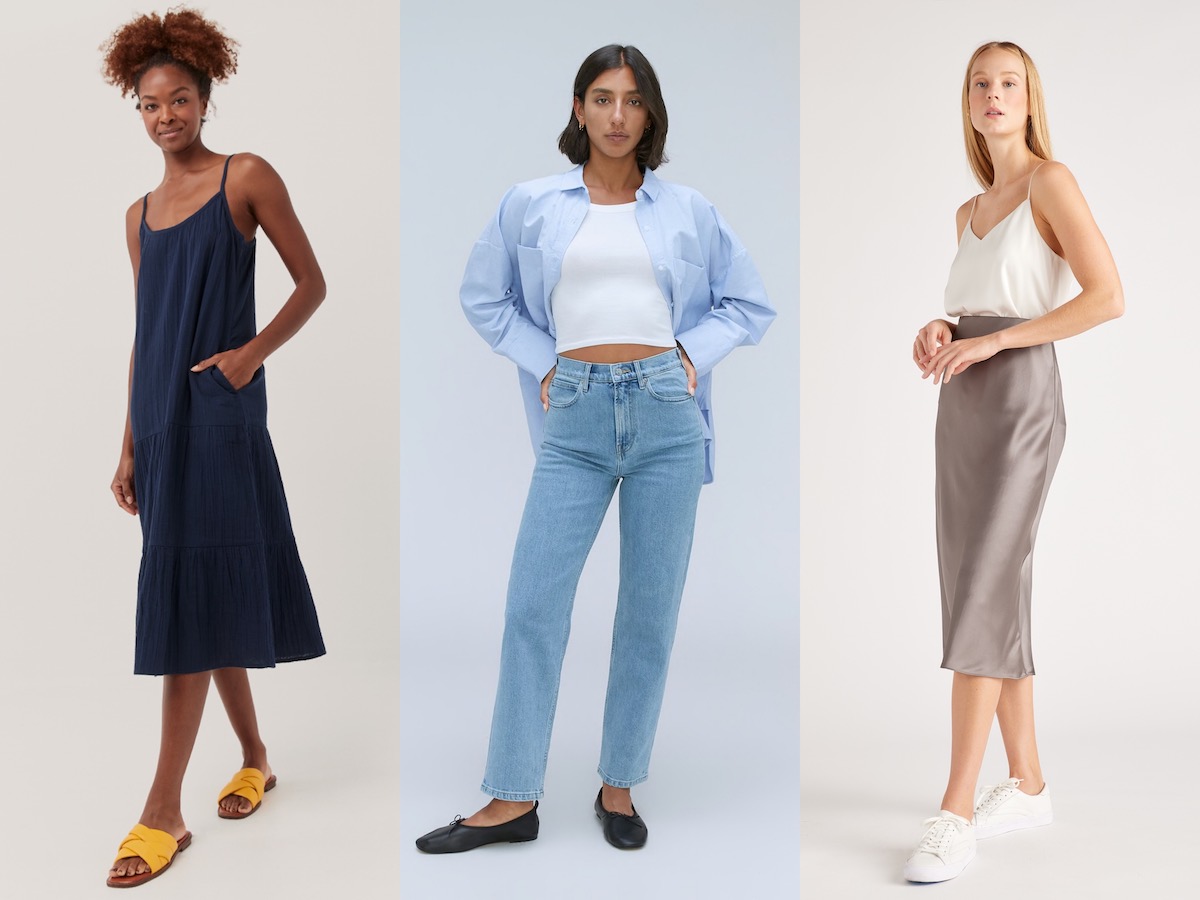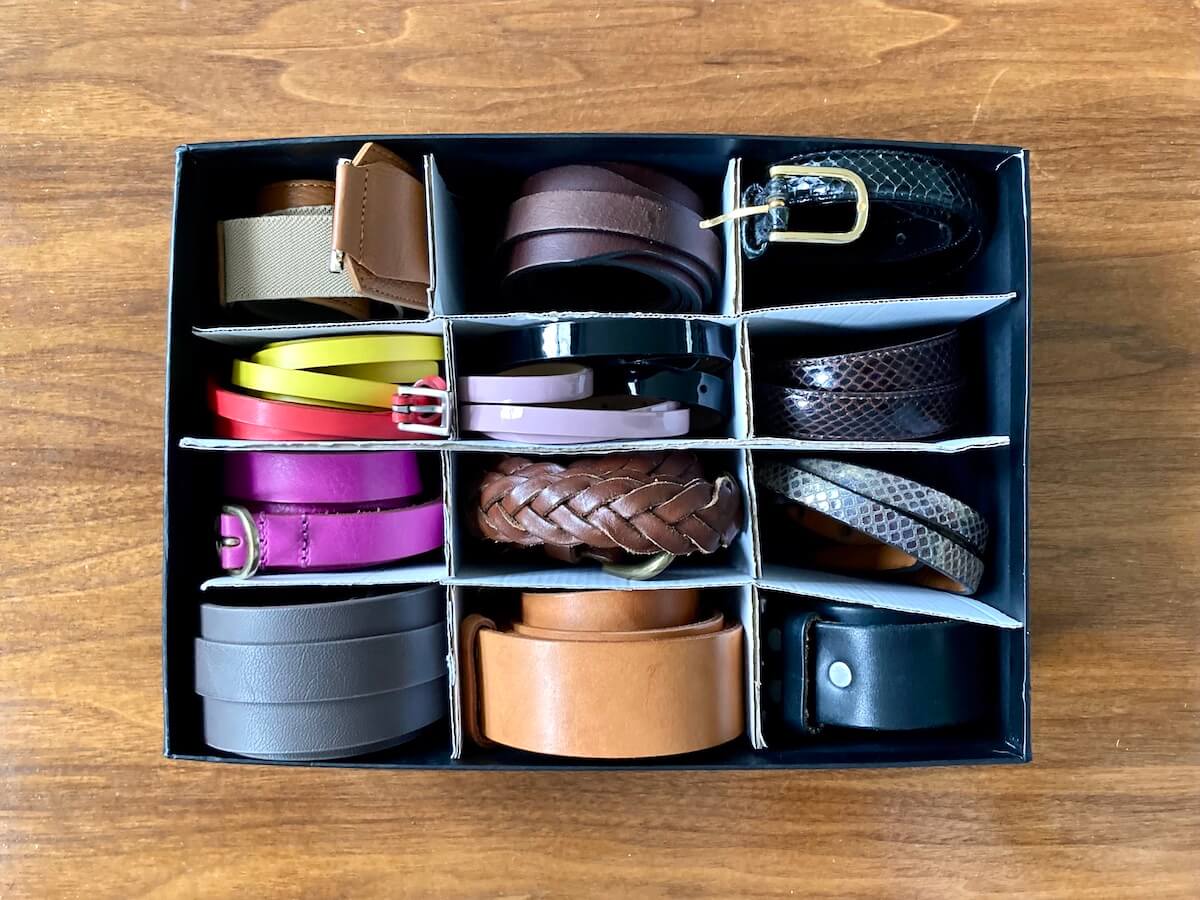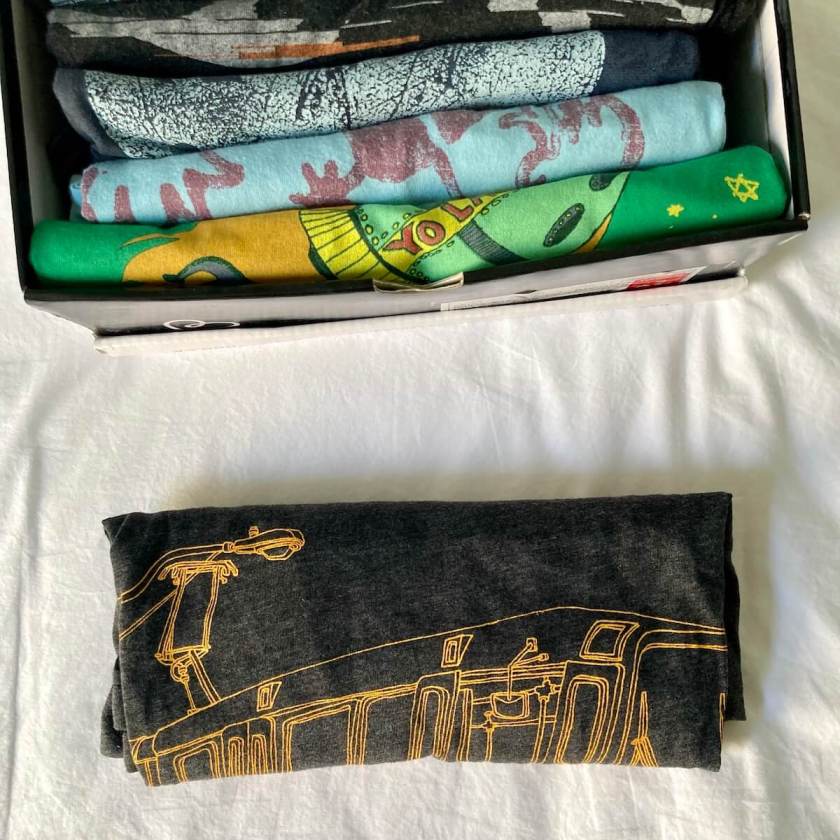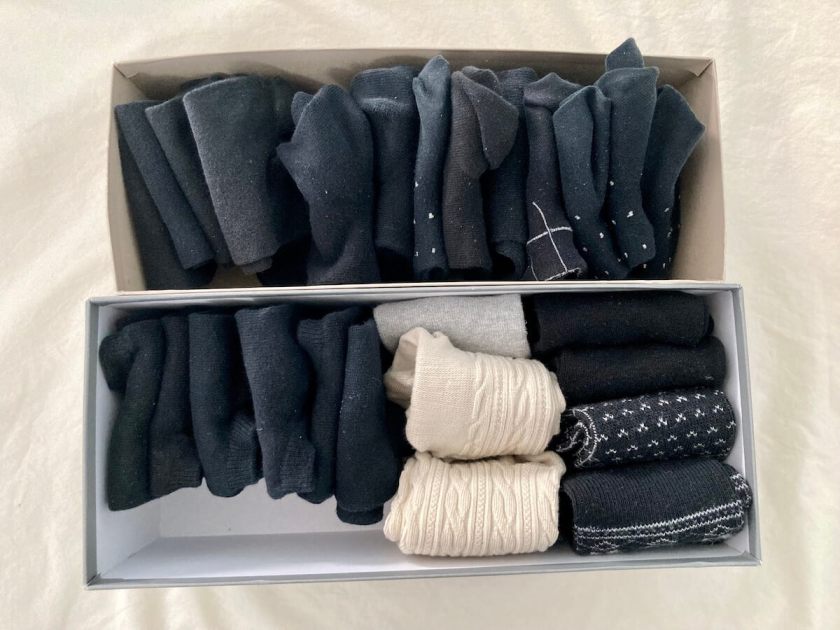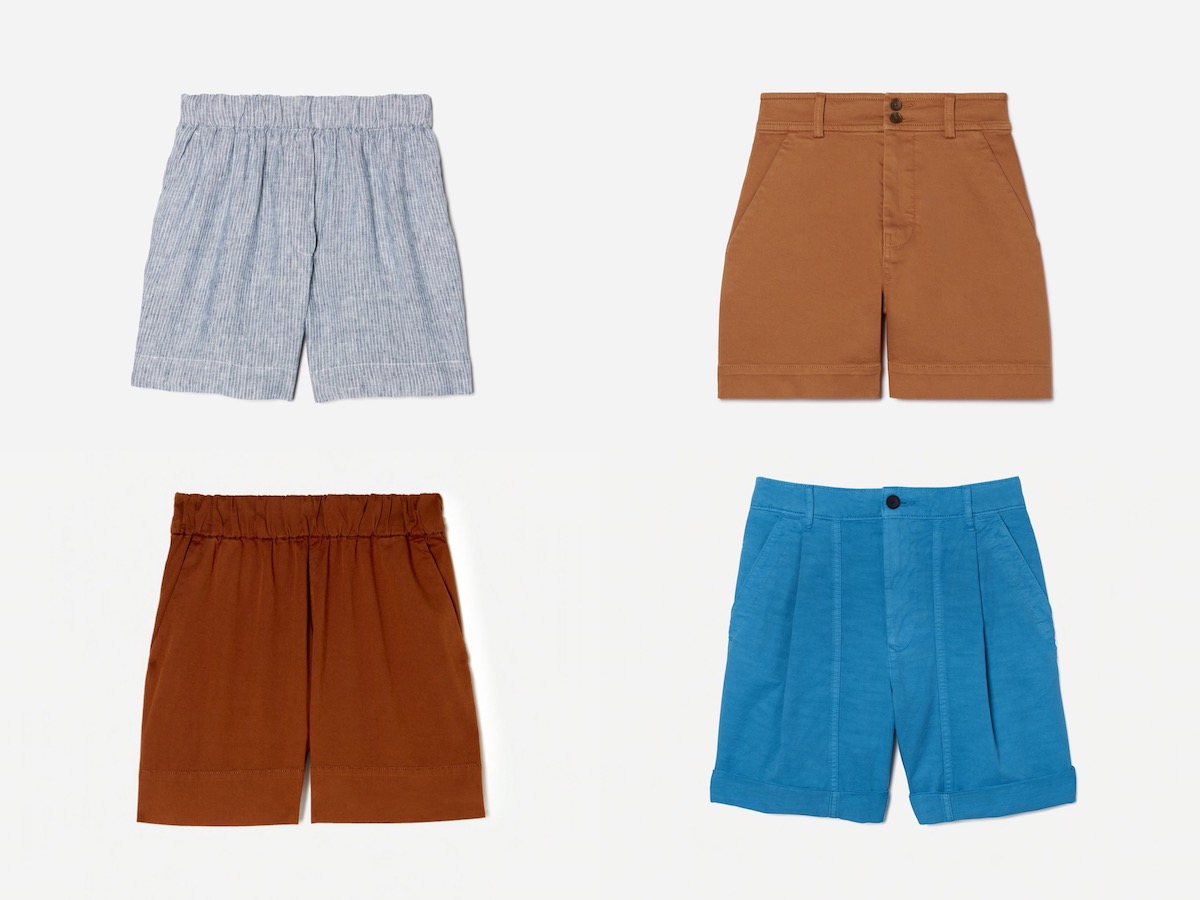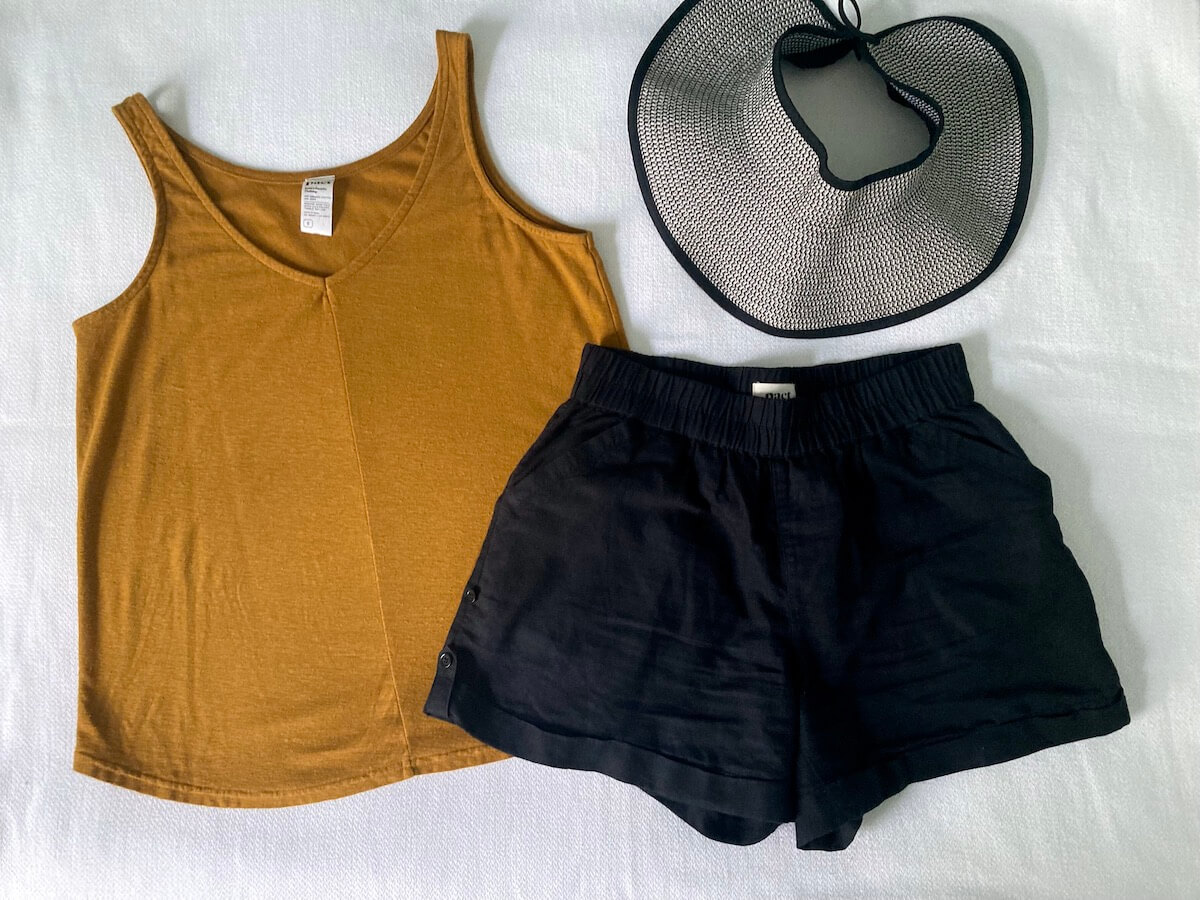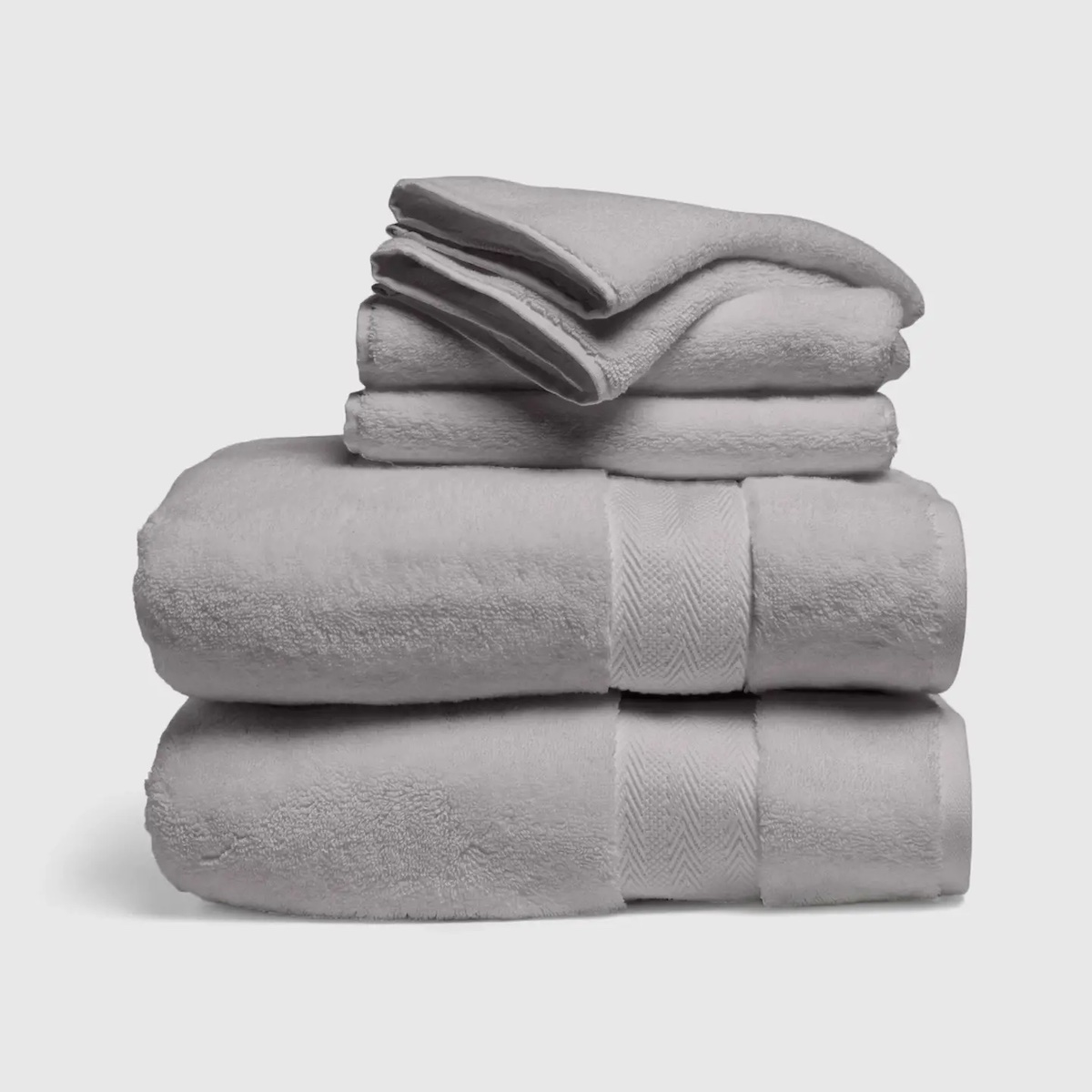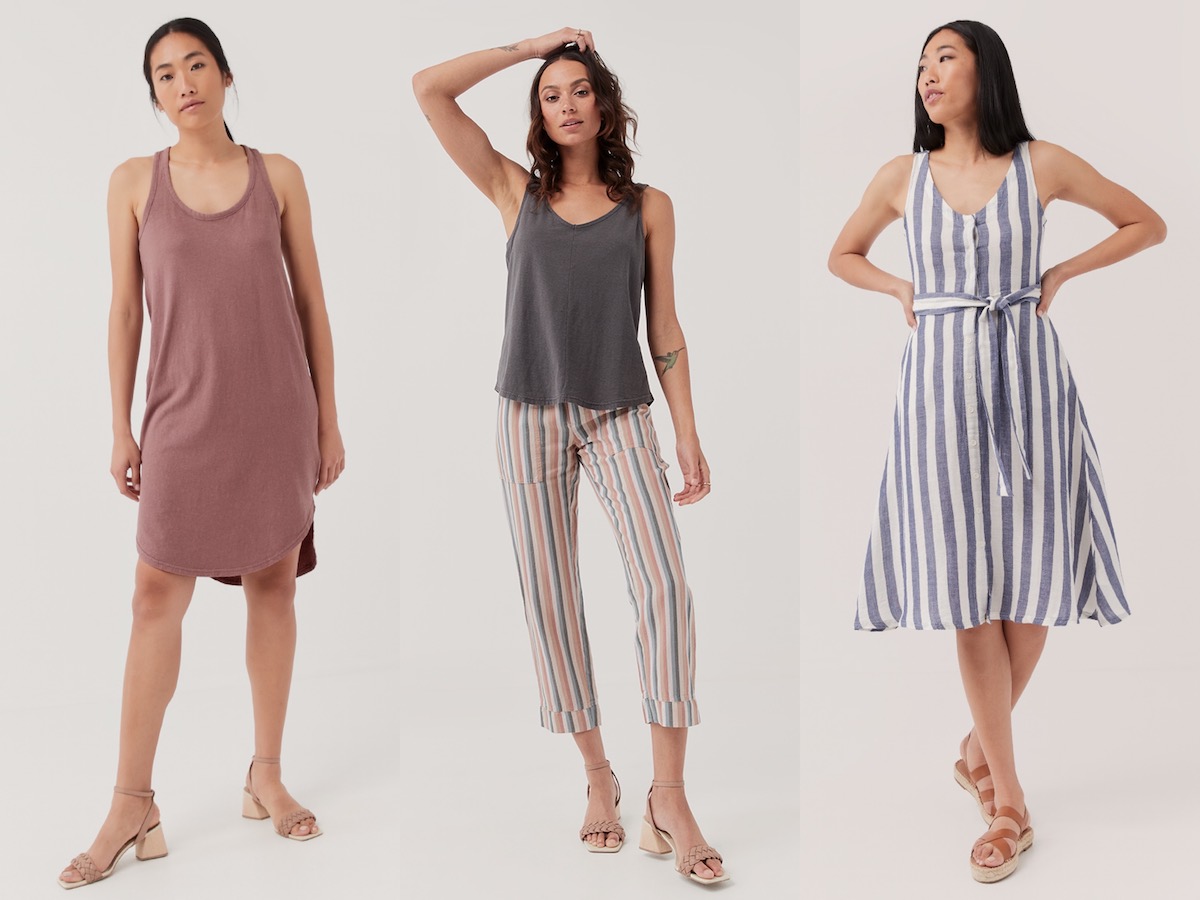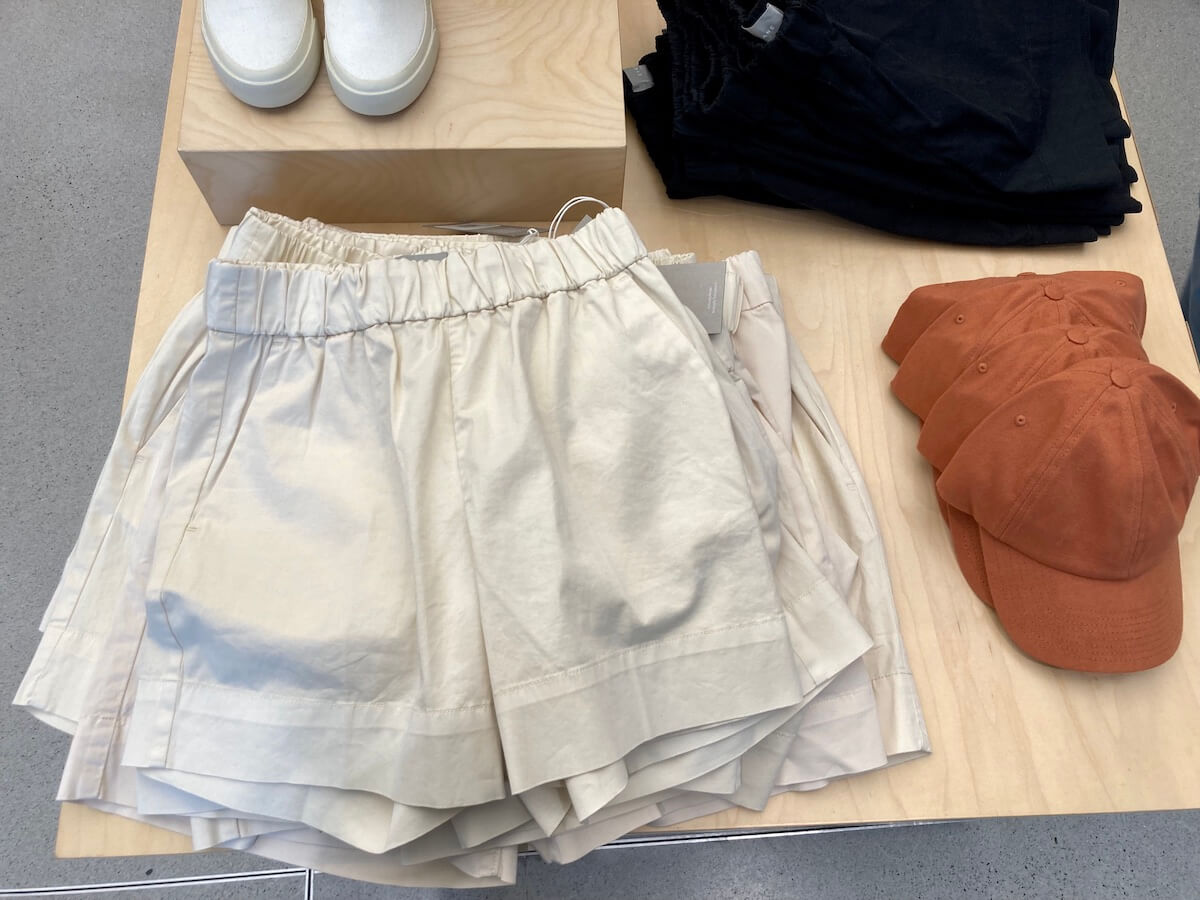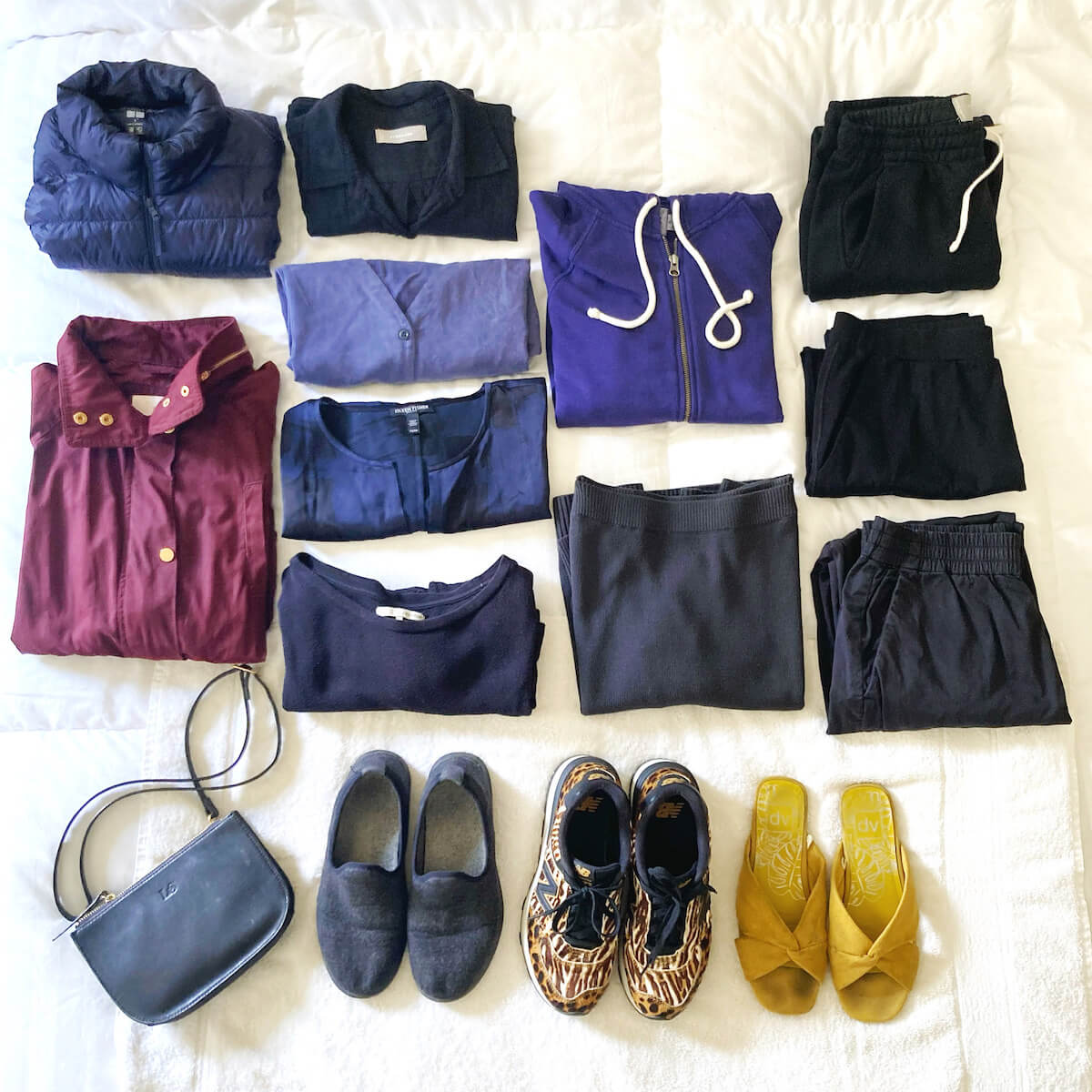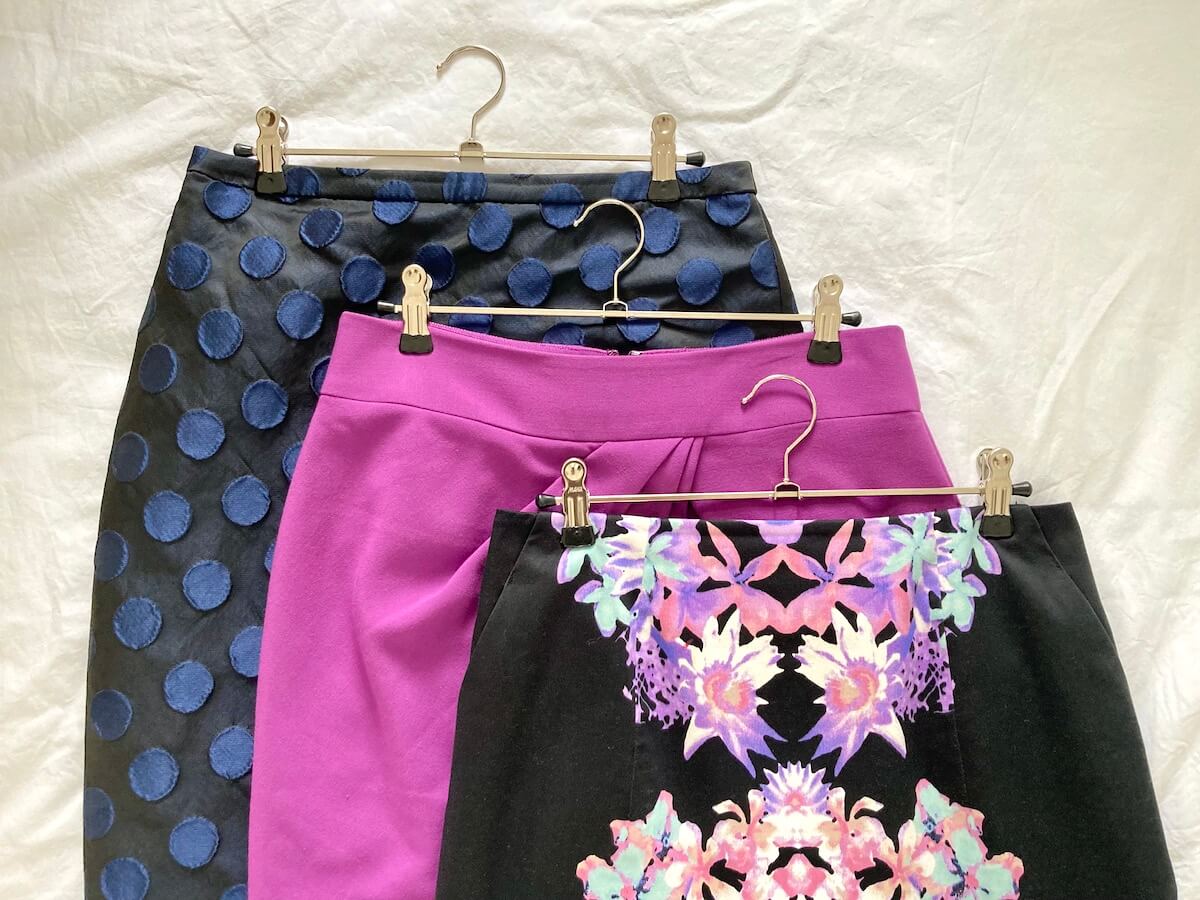Blank walls in a home can be a design choice. But sometimes, it just means you haven’t gotten around to decorating. Today, I’m sharing an easy way to decorate with posters from Photowall, a Swedish company that makes wallpaper, wall murals, canvas prints, and posters — all printed on demand.
Photowall reached out to me to ask if I’d like to try their products. I said yes as I was initially interested in their wallpaper. A goal of mine is to upgrade the most dated room in my apartment, the bathroom. I even picked out this botanical deco design. However, Photowall doesn’t make any temporary wallpaper. And like most New Yorkers, I’m a renter. I was not about to install something that would be hard to remove when I eventually moved out.
So I looked at their canvas prints and posters instead. Since I already have a decent collection of art on my walls, I decided to pick out some designs for my young nephew and his parents. They moved during the pandemic and haven’t had the time to decorate.
These posters were gifted to me by Photowall and this post contains affiliate links. If you shop through my links, I may earn a commission. As always, all opinions are my own and I only write about items that interest me. Thanks for supporting Welcome Objects!
Ordering Experience & Pricing
Photowall has thousands of options with an array of styles — there’s no unifying aesthetic — so it helps to have an idea in mind. Current obsessions of my 3-year-old nephew include numbers and vehicles, so I searched for those. If you need ideas getting started, Photowall has some handy categories, like abstract or nature. You can also search by color. There’s also the option to upload your own photo or artwork.
Once you’ve chosen a design, select the size you’d like. In the event that an entire image can’t fit the size, you can adjust the image and choose how to crop it.
Posters start at $27 for an 11×14 print and go up to $66 for 46×33, which seems fair considering the quality. Photowall says their printing technology is of museum quality and the prints are UV-resistant. You can also purchase a wooden poster hanger or a simple frame with acrylic glass for your print.
For one design I chose, Funky Numbers, the costs for an 18×24 print were:
- $46 for just the poster
- $57 for the poster plus a poster hanger
- $101 for the poster framed
For my nephew, I chose poster hangers. I figured they’d be easy to switch out with new posters if he outgrew the designs and wanted something different later.
Shipping is free. After ordering, it took a week for my order to arrive — not bad considering Photowall had to print the posters and ship them from Europe to the U.S. The posters arrived rolled up in a poster tube, which was packed into a larger box with the poster hangers. For some reason, one poster arrived in a separate package from the rest.

Funky Numbers – 18×24 – $57 including poster hanger

The poster hanger is simple to use. The front and back attach with magnets.

A closer look at the poster hanger in natural wood. There are four color choices for poster hangers: black, white, natural wood, and dark wood.
Quality & Sustainability
The posters were printed on a matte, thick paper (200 g/m² to be exact). The paper is also FSC-certified. FSC stands for Forest Stewardship Council, a nonprofit organization that promotes sustainable forestry worldwide. FSC certification means that the products are made from wood that originated from responsibly managed forests.
The ink “contains no solvents or hazardous chemicals, and is biodegradable.” For their wallpaper, Photowall uses a biodegradable glue.
Photowall is also environmentally-minded in other ways. Because they only print when someone places an order, they don’t overproduce. They also recycle waste material and work with Vi Agroforestry, a Swedish development cooperation organization, to plant 5,000 trees a year.
As to quality, I found it to be great. The paper is thick and the print job was nicely rendered. Photowall says, “The paper provides outstanding tonality and sharpness of detail and works perfectly for photographs and illustrations.” I found this to be true.

City of Vehicles – 40×28 – $97 including poster hanger

A closer look at City of Vehicles. The print quality is great and rendered the details of the illustration nicely.
A Few More Thoughts
Overall, I’m happy with these posters — and I think my nephew is too. I was able to decorate my nephew’s spaces within minutes. Posters have always been a quick and economical way to decorate. But the quality of the paper and print job at Photowall take these posters to another level. The poster hangers are also a handsome way to display the posters without much effort. I could see these posters working well not just in a kid’s room, but in other spaces that might need a little something: over a dresser in the bedroom, in a dining area, above a desk in an office. Pretty much anywhere.
But I pine for the wallpaper. If you own your home, the wallpaper and wall murals make a striking impression. I would love to have the space to do something like the photo below. Some day!
